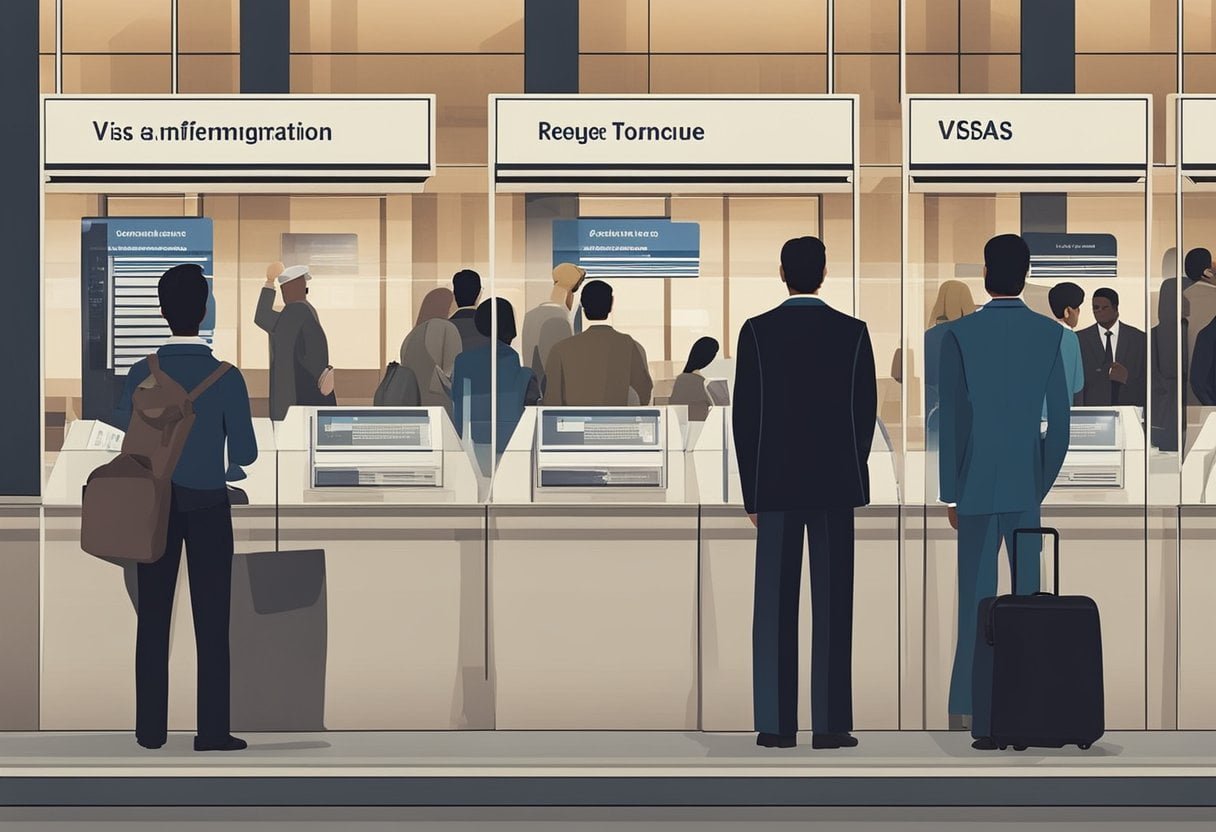The immigration process in the United States can be bewildering, encompassing a variety of pathways from temporary visas to permanent residency and asylum for refugees. The U.S. immigration system operates through a network of complex laws and regulations that govern how individuals from around the world can obtain permission to live and work in the country. Understanding this multifaceted system is crucial for anyone navigating the challenges of immigration.

Different visa categories exist, each with unique requirements and limitations. For those seeking refuge from violence or persecution, the refugee and asylum processes provide critical avenues for safety and stability. Grasping the distinctions and procedures between various immigration methods can empower individuals to make informed decisions about their futures.
Exploring these pathways not only reveals the intricacies of U.S. immigration law but also highlights the humanitarian efforts that underpin the system. With ongoing debates about immigration policy, gaining clarity about how these processes work is more essential than ever.
Understanding Immigration: Concepts and Classifications
Immigration involves various processes and classifications that define how individuals move across borders. It encompasses legal pathways, the reasons for migration, and the complex regulations governing these movements.
Defining Immigration and Emigration
Immigration refers to the act of moving into a new country to live, while emigration is the act of leaving one’s own country to settle elsewhere. Often, migration is driven by factors such as economic opportunities, family reunification, or escaping conflict.
Understanding these definitions helps clarify the migration experience, as immigrants may seek refuge or opportunity in different contexts. They encompass numerous reasons individuals choose to relocate.
Categories of Immigrants
Immigrants can be classified into several categories based on their purpose for moving. These include:
- Family-Sponsored Immigrants: Individuals sponsored by family members already residing in the destination country.
- Employment-Based Immigrants: Those who migrate for job opportunities or employer-sponsored visas.
- Refugees and Asylees: People fleeing persecution or violence in their home countries.
- Diversity Visa Lottery Participants: Individuals selected randomly to promote diversity in immigration.
Each category has its own set of requirements and processes, impacting the immigrants’ experiences.
The Legal Framework for Immigration
The legal landscape governing immigration is intricate and differs from one country to another. In the United States, for example, immigration law includes provisions for family reunification, employment visas, and humanitarian protections.
Key aspects include:
- Visas: Temporary or permanent permits allowing individuals to enter, reside, and work in a country.
- Asylum: A protection mechanism for individuals escaping persecution.
- Refugee Status: Granted to those who meet specific criteria while outside their home country.
This framework creates a structured approach to managing immigration, often requiring legal navigation to ensure compliance and successful applications.
Navigating Immigration Procedures

Navigating immigration procedures involves understanding multiple pathways including visa applications, asylum requests, and adapting to evolving policies. Each pathway has specific requirements and challenges that immigrants must address.
The Visa Application Process
The visa application process involves several steps and can be quite complex. Immigrants typically start by determining the appropriate visa type based on their needs, such as work, study, or family reunification.
Once the visa type is chosen, applicants must complete the relevant forms, often including Form I-130 for family-sponsored immigration or Form I-129 for employment-based visas. Supporting documentation, such as proof of relationship or employment, is crucial.
After submitting the application, waiting for approval may take several months, and applicants may need to attend an interview at a U.S. consulate. A thorough understanding of application timelines and documentation is essential for success.
Asylum Seeking and Refugee Status
Asylum seeking is a critical procedure for individuals fleeing persecution. To apply for asylum, one must demonstrate a well-founded fear of persecution based on specific factors like race, religion, or political opinion.
The application can be submitted either affirmatively, through the U.S. Citizenship and Immigration Services (USCIS), or defensively, during removal proceedings. Key forms include Form I-589, which must be filed within one year of arrival in the U.S.
Moreover, applicants often face interviews that assess their credibility. Acceptance rates can vary, presenting significant challenges for many seeking refuge. Understanding the nuances of this process is vital.
Adapting to Policy Changes
Immigration policies can shift frequently, requiring individuals to stay informed. Changes may stem from new legislation, executive orders, or shifts in government priorities.
For instance, visa quotas can change, impacting availability and processing times. Individuals must regularly consult resources like the U.S. Citizenship and Immigration Services or legal professionals to understand the implications of policy changes on their applications.
Staying updated on these changes is crucial for minimizing risks and improving the chances of successful immigration. Being proactive can help navigate an often unpredictable landscape.



